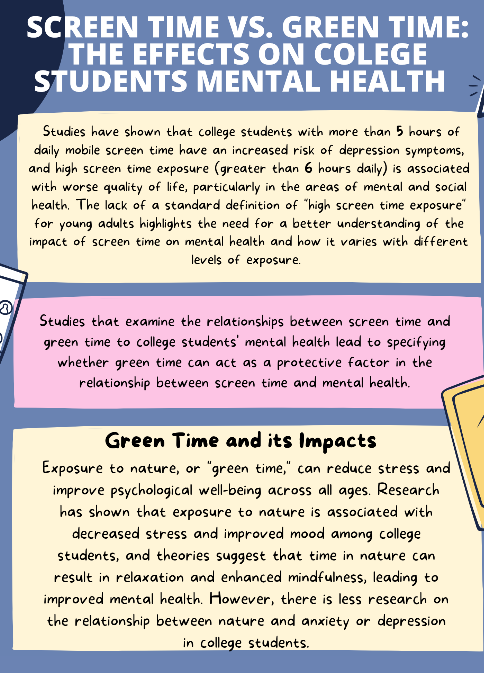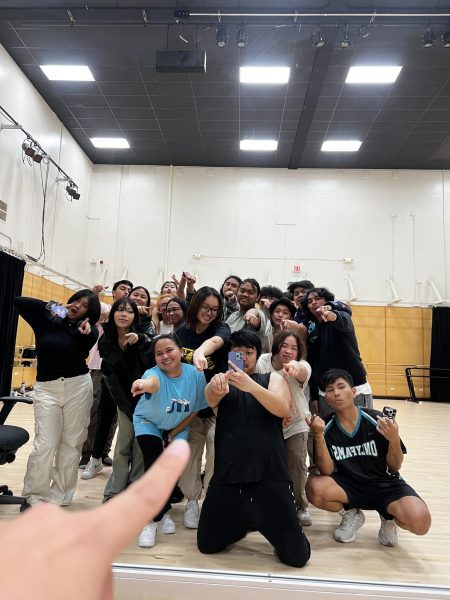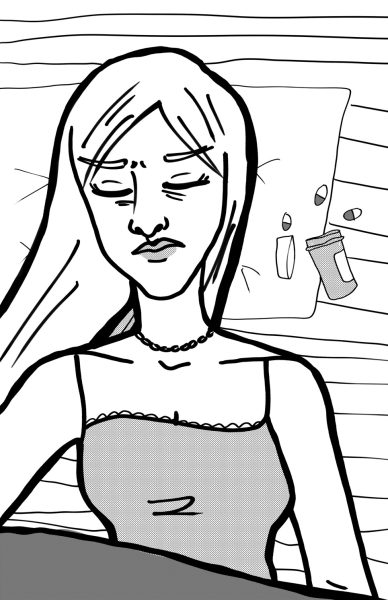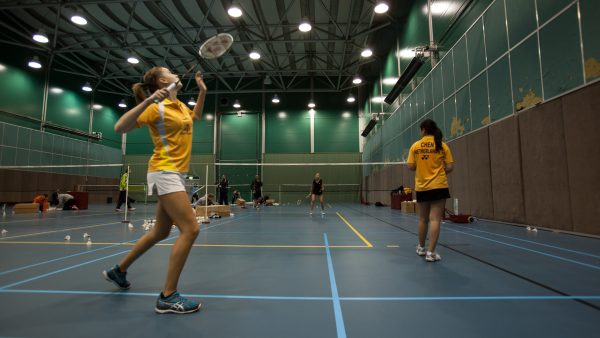Screen time vs green time
For many college students, spending time on their phones or other hand-held screens is a normal part of daily life but, recent findings suggest that too much screen time could be taking a toll on college students’ mental health and that spending time in nature might be the key to feeling better.
The pandemic forced many college students to spend more time in front of their screens, which then raised concerns about the mental well-being of students, especially during such a remote and technology-driven period.
High screen time exposure, defined as more than six hours daily, is associated with worse quality of life, particularly in mental and social health.
The lack of a standard definition for high screen time among young adults highlights the need to better understand the impact of screen time on college students’ mental health, and how it varies with different levels of exposure.
As screen time may compete with time spent outside or in restorative environments, understanding the interaction between screen time and green time on mental health is also essential for promoting optimal health for college students according to a study published by the Journal of American College Health titled “Screen time and mental health in college students Time in nature as a protective factor”.
Furthermore, the very same study conducted by Alexa Deyo, sampled 372 college students and later suggested “that too much screen time could lead to higher levels of anxiety, depression, and stress. However, spending time in nature – or “green time” – was found to have a protective effect against these mental health symptoms.” Deyo reasoned that “while different studies have used different criteria to define high screen time, there is a clear need for a better understanding of how screen time affects college students’ mental health, as well as how screen time interacts with other factors like time spent outdoors or in restorative environments.”
“In recent years, the amount of time spent on handheld screens, or ‘screentime,’ has risen sharply due to advances in technology and the popularity of social media,” contended the study in their article findings.
However, there is an invaluable need for further research to fully understand the complex effects of increased screen time during the pandemic, and the association of green time as a protective factor.
Professor of Psychology at the College of San Mateo, Dr. Erica Yoon, echoed her concerns regarding the credibility of the study if it is not supported with additional similar research.
“We need to be careful in terms of making any claims that are causal, what is causing another and then to think about whether the green time that they think about is specifically about nature, per se, or if it just has to do with exercise in general that doesn’t need to be linked to the literature directly,” said Yoon.
Yet, Yoon does agree with the study’s claim about the negative impact of screen time on college student’s mental health. However, she cautioned that the research on this topic is mixed, and it is challenging to control variables in studies to determine causality accurately. “While the study’s claim may be consistent with previous research, it is essential to interpret the results with caution,” said Yoon.
“Technology is inevitable, but moderation is key to protecting mental health,” Counselor at Skyline College, Perry Chen, said during an interview. “When it’s excessively used, or used to escape something in people’s lives, that’s when it becomes detrimental to their mental health.”
“The goal for these companies is more profit, but people’s mental health often ends up as collateral,” Shaun Perisho, a psychology professor at Skyline College, said. “These companies use little bits of positive reinforcement constantly to keep users engaged and online, like training an animal, they just keep going back for that, and they end up following those compulsive behaviors.”
The use of technology for school or business-related work can pose a challenge as people may end up getting sidetracked or procrastinating, turning to other things like social media rather than doing their work. Many students relate to this, finding that despite initially doing work, they end up sidetracked on social media or scrolling through their phones instead.
“Some students like me have poor self-discipline, so I end up having more screen time on social media than doing work,” Atlantis Ma, a business major at Skyline College, said. “It ends up more stressful because I have less time to do my work and be productive, and I end up having spent more time scrolling online aimlessly.”
Instead of doing more self-care-related activities, such as spending time in person with others, or going for a walk outside, many students got used to doing most daily things on their devices, leaving less time for activities outside of technology.
“I can’t imagine life without technology because the world is connected and so dependent on technology, myself included,” Simon Rosario, an allied health major at Skyline College, said.
As the world navigates past the pandemic that has forced all to adapt to remote and technology-driven lifestyles, it is crucial not to neglect conversations revolving around the impact of increased screen time on college student’s mental health.
Although there are some risks to overusing technology, it’s important to consider the benefits that it can provide. Many consider the COVID pandemic to have proven both the risks and benefits of technology; people were able to gain a sense of connection during that time of isolation, but some began using it excessively, proving that although it can help, it must be used in moderation to prevent damage to people’s mental health.
This article appears in Viewpoint magazine, issue 8, in a condensed version.
Ashley Burton contributed to this story.
The byline has been updated.














